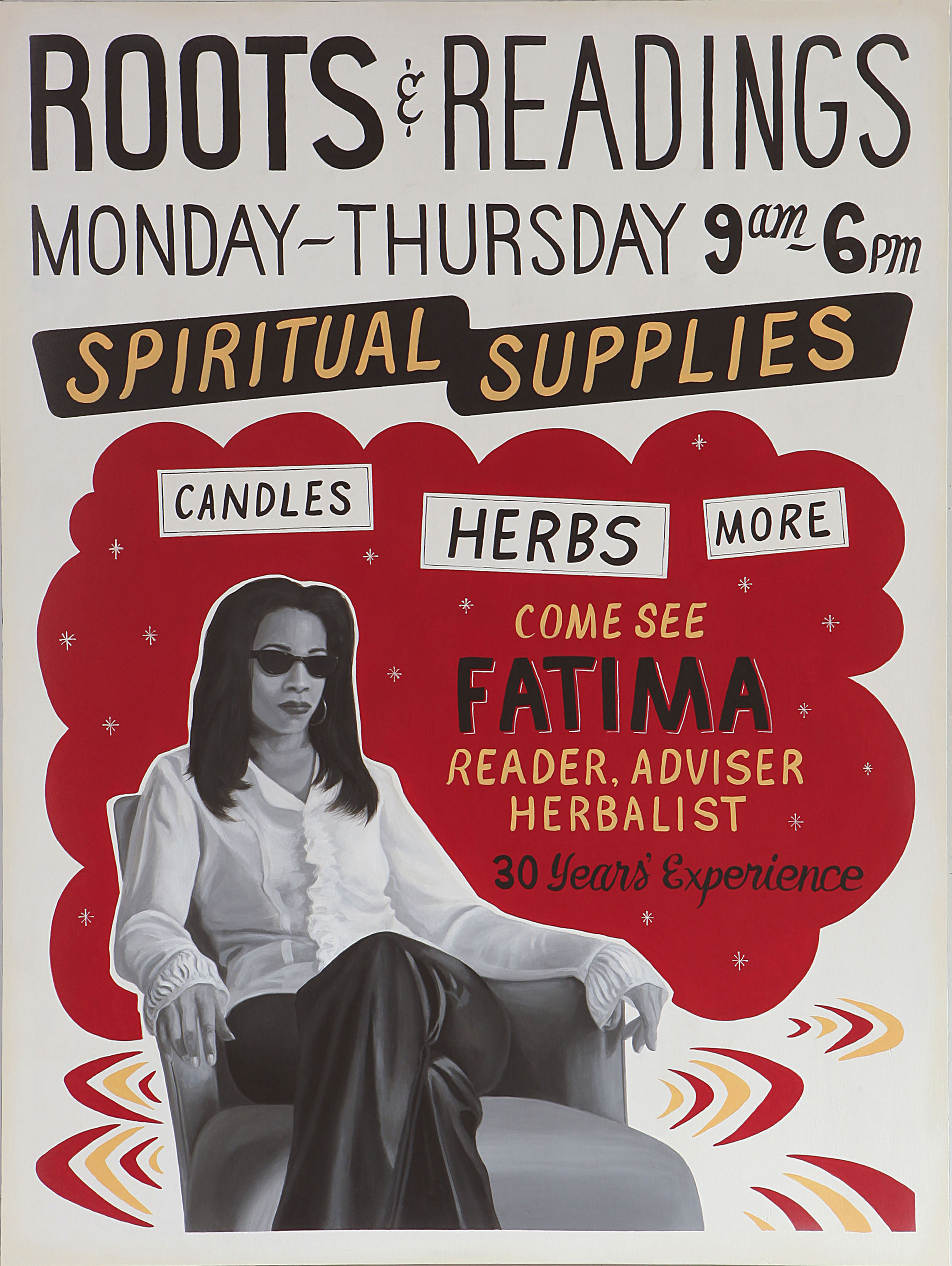
The Conjure Woman is a powerful collection of folk takes and stories exploring themes of race, identity, and class in the nineteenth century South.With a beautifully designed cover and professionally typeset manuscript, this edition of Charles Chesnutt's The Conjure Woman is a classic of African American literature reimagined for modern readers. Uncle Julius drives him to the saw mill, where, while watching the saw cut through a log, he is reminded of the story of Sandy, a local man who was turned into a tree by a conjurer in order to escape slavery. Afia Atakoras haunting, lyrical prose draws you in from the first sentence like one of the.

A film adaptation, The Conjure Woman (film) was made by Oscar Micheaux. First published in 1899, The Conjure Woman is considered a seminal work of African-American literature. Published in 1899, this book is a collection of seven folktale-style stories told by a freed slave to a white couple who hire him as a farm hand after they move south from the North after the Civil War. The Conjure Woman is a collection of short stories by African-American fiction writer, essayist, and activist Charles W. Chesnutt, and like all of Chesnutt’s writing, it deals with issues of racial identity in the post-war South. "Po' Sandy," one of Chesnutt's most acclaimed tales-and a loose adaptation of Ovid's Metamorphoses-opens with John deciding to build a new kitchen for his wife. Written by Afia Atakora Review by Sherry Jones. 'At the turn of the twentieth century Charles Chesnutts The Conjure Woman (1899) became one of the first creative works to reflect conjure as the cultural phenomenon it was. The Conjure Woman is the first book by the African-American author Charles W. ‘The ghost, the conjure women, and the thrasher all mark moments in the text when characters can actively choose one epistemology over the other.’.

‘It takes place in the spacious, quiet home of an ancient conjure woman supposedly aged 285, who has the ability to heal people's souls.’. Each story in The Conjure Woman follows a similar formula, beginning with a narrative situation involving John and his wife, Annie, before leading to a story from Uncle Julius. A sorceress, especially one who practises voodoo. He tells him the story of the vineyard's previous owner, who hired a woman named Aunt Peggy to put a curse on his famous scuppernong grapes in order to stop his slaves from eating them. The Conjure Woman is now considered a masterpiece of African American fiction for its use of folklore and exploration of racist stereotypes of Black Americans, especially those living in the South.In "The Goophered Grapevine," an old ex-slave named Julius McAdoo-a coachman hired by a white Northerner named John-warns his employer about the land he has decided to purchase. "The Goophered Grapevine," the collection's opening story, was originally published in The Atlantic in 1887, making Chesnutt the first African American to have a story published in the magazine. The Conjure Woman (1899) is a collection of stories by African American author, lawyer, and political activist Charles Chesnutt. Set in a village of recently freed slaves in the Reconstruction-era South, Conjure Women is the story of a midwife, Rue, who falls under suspicion from her.


 0 kommentar(er)
0 kommentar(er)
